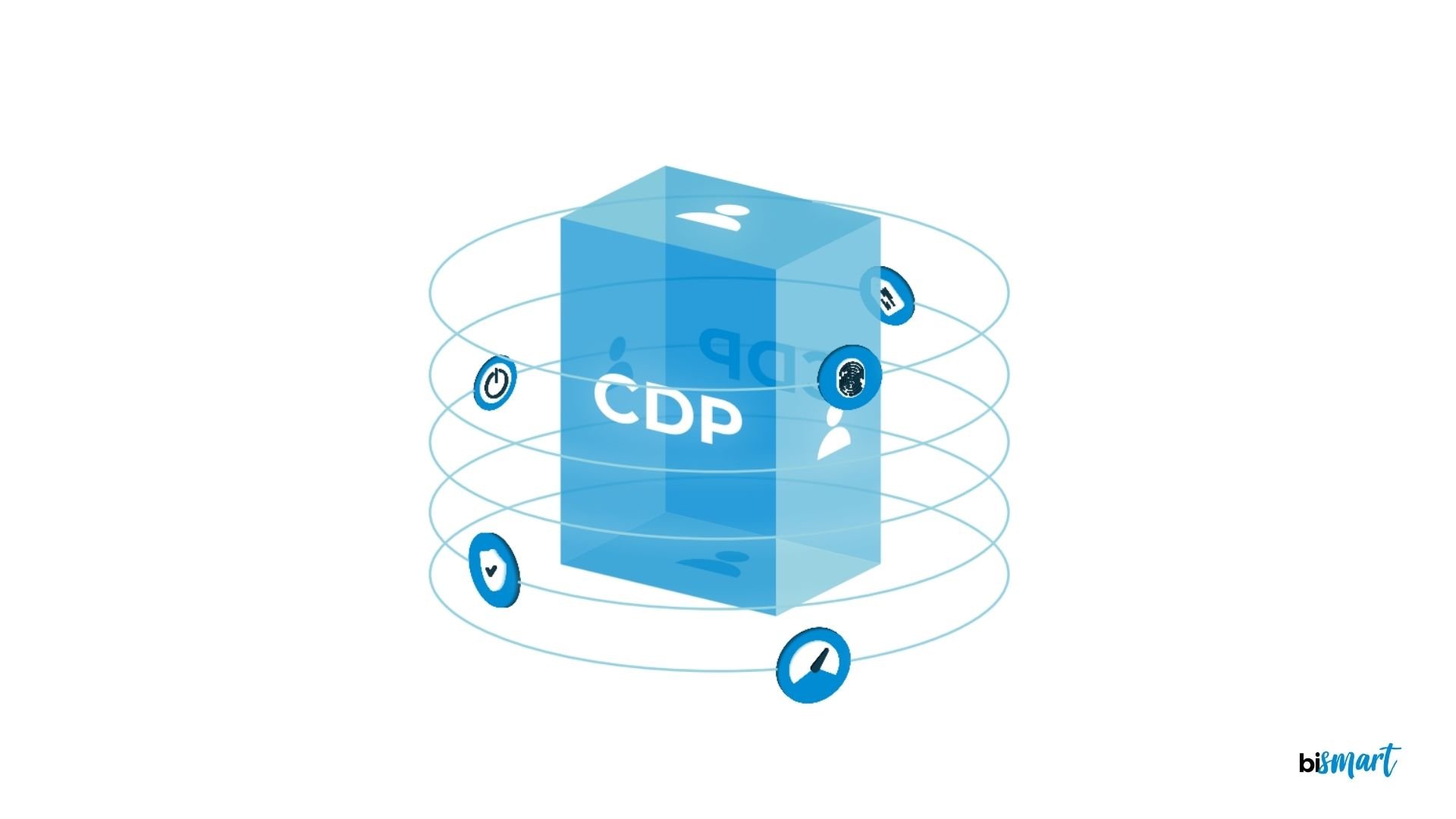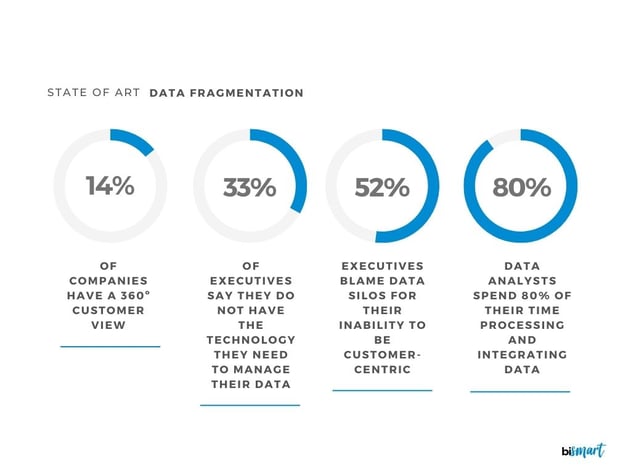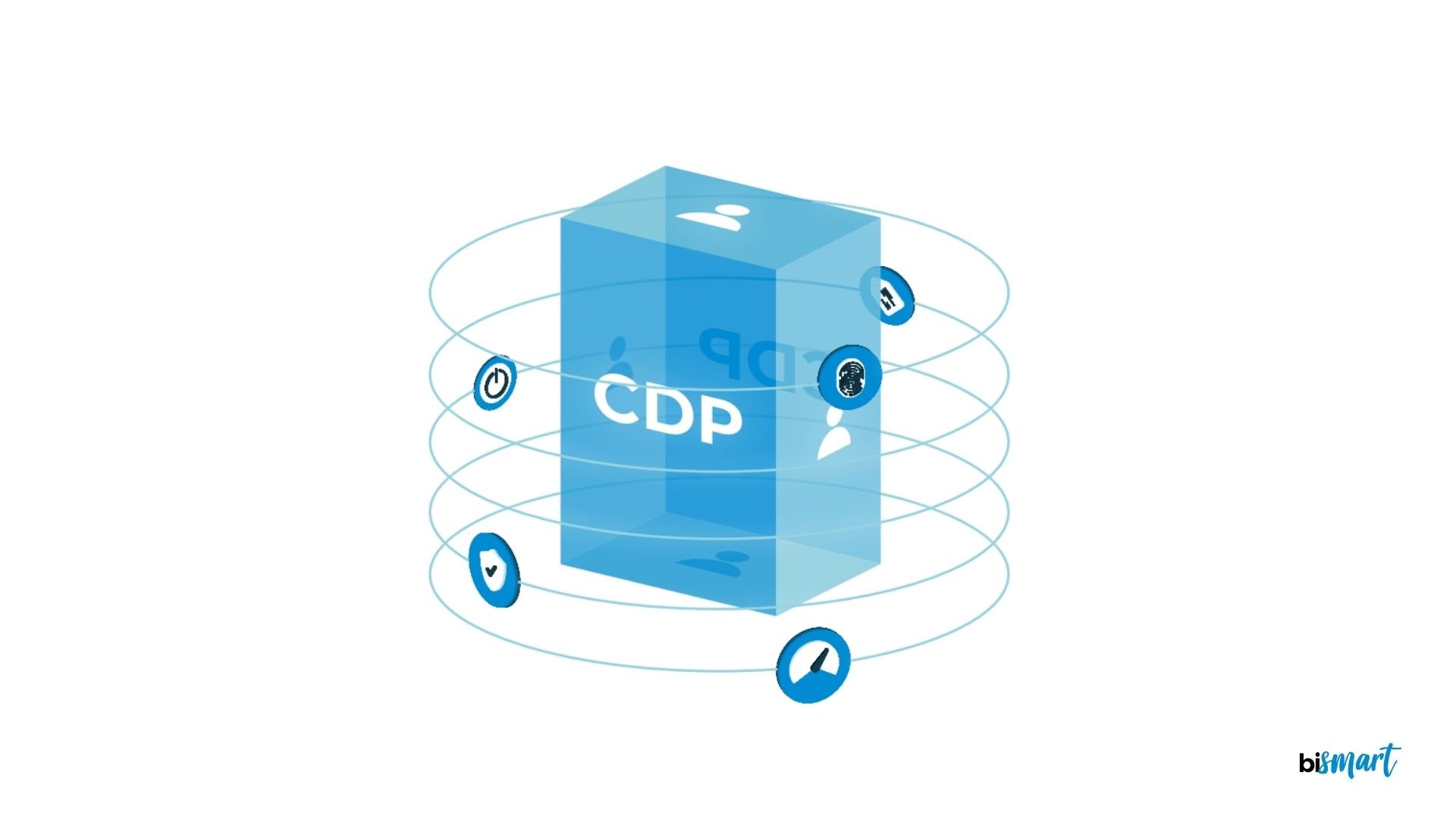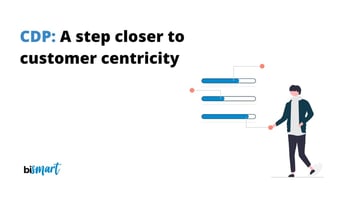We talk about the 5 things you should know before acquiring and implementing a Customer Data Platform (CDP) so that the results are not deceiving.
The Customer Data Platform has become a crucial part of companies' information systems. However, acquiring a CDP does not always result in better customer strategies. We talk about the 5 things you should know before getting a CDP.

Data integration is the first step for making better business data-driven decisions. The business world is becoming increasingly data-driven and cpmanies' needs in terms of data ingestion and data analytics are becoming more and more complex.
Most corporations already own integration tools such as a data warehouse, a data mart or a data lake. However, when it comes to customer data, data fragmentation is still a major problem and the main obstacle preventing companies from developing a customer-centric strategy.

Software vendors are addressing this issue with a new technology, the Customer Data Platform (CDP), which goes some steps further Data Management Platforms. The CDP centralizes consumer data collection processes, integrating data into a single repository that allows companies to create 360º customer profiles and execute integrated campaigns across all channels and touch points.
- What is a Customer Data Platform? Find out everything you need to know about CDP in our e-book "CDP: A Step Closer to Customer-Centricity".
Even if CDPs have been designed to address the needs that other customer data management platforms did not solve, their implementation does not always end up delivering the expected results in terms of establishing better customer strategies.
According to a 2022 Forrester study, more than 66% of CDP users believe that the adoption of this technology is key for their organization. However, only 10% say that the Customer Data Platform they have implemented meets their current needs.
The problem is not that CDPs don't have enough capabilities. The problem is that most organizations implement it without knowing how to use it and without defining a prior deployment and exploitation strategy.
A car, no matter how good it is, needs fuel to run. The same applies to the Customer Data Platform. The rush for digital transformation is causing many companies to acquire cutting-edge technologies, in this case the CDP, without worrying about whether or not they have fuel.
All marketing and customer relationship management technologies ask for an operational plan and training to leverage their capabilities and turn customer data into business value.
Developing a data-driven culture is the first step, but a CDP cannot do all the work. Businesses need other data management processes: continuous ETL and the sharing, monitoring, activation and attribution of offline, online, batch and real-time data.
For marketers to succeed, they need to start thinking of the Customer Data Platform as a strategic asset directly linked to business needs.
5 things you must know before getting a Customer Data Platform (CDP)
1. There are different types of CDPs
Not all Customer Data Platforms have the same capabilities. In fact, according to Forbes, first-generation CDPs make up the majority of the market and are clearly not as advanced as more modern CDPs.
On the other hand, CDPs also differ in terms of their approach and purpose. Some CDPs are focused on providing useful data to cloud-based marketing teams and their operation is linked to other technologies such as CRM systems or Data Management Platforms. Other CDPs simply focus on collecting, integrating and managing customer and marketing data. In contrast, some software vendors have complemented their CDP platforms with machine learning capabilities or digital customer experience management platforms (DXP), for example.
Therefore, before acquiring a CDP it is essential to be clear about what our marketing and sales teams need. We also need to establish priorities and consult with experts about which type of CDP platform is the most appropriate according to our business goals.
2. Employees will need training
It's not much of a secret. In order to get the most out of the CDP, your employees need to be trained on what the technology does, how to use it, what it's for, etc.
The main users of a CDP are marketing, sales and customer relationship management professionals. Obviously, this type of professional profile does not have the technical knowledge of the IT team.
More than the technical aspect —many CDP platforms are user-friendly and have been designed to be used by non-technical users— it is essential to train the team in terms of the strategy for using the tool, its approach and the role it plays within the company and in terms of the company's marketing strategy and overall business strategy.
3. Data quality and data enrichment
The CDP integrates and manages customer data, but if our data is of poor quality, it will compromise the performance of the tool. Data quality is essential, as well as having the right amount of data and having it properly organized.
To meet the scale of modern marketing campaigns, it is important that the company establishes data governance policies and that corporate knowledge systems are able to enrich the data and ensure its quality.
4. Make sure your CDP is compatible with the other corporate solutions
In order for the CDP to use data to provide greater customer insights, reach the right audiences, and help the marketing team develop better lead nurturing strategies, it needs to be able to integrate with the rest of the company's solutions. System integration plays a major role in data integration.
Data platforms and technologies, knowledge and data activation systems need work as one.
5. You will probably need technical support
According to the Forrester study previously mentioned, 52% of companies that purchase a CDP realize that they need technical services to organize and 'untangle' the company's data.
To ensure the smooth operation of the solution you will need technical advice and to build an integrated and flexible data flow.
Conclusion
Does this mean that CDPs are just another technology that doesn't deliver what it promised?
No. With the right implementation and support, CDPs fulfill their purpose: to help brands get to know their customers better, increase customer acquisition and accelerate conversion. CDPs is also becoming a must for diferentiation through personalization.
However, CDPs are not magic. At least, not on their own. Even Harry Potter needed to go to class. For the magic to happen, you must carry out a proper implementation and deployment process.
Want to find out more about the Customer Data Platform? You will find everything there is to know about CDPs in our free e-book.



